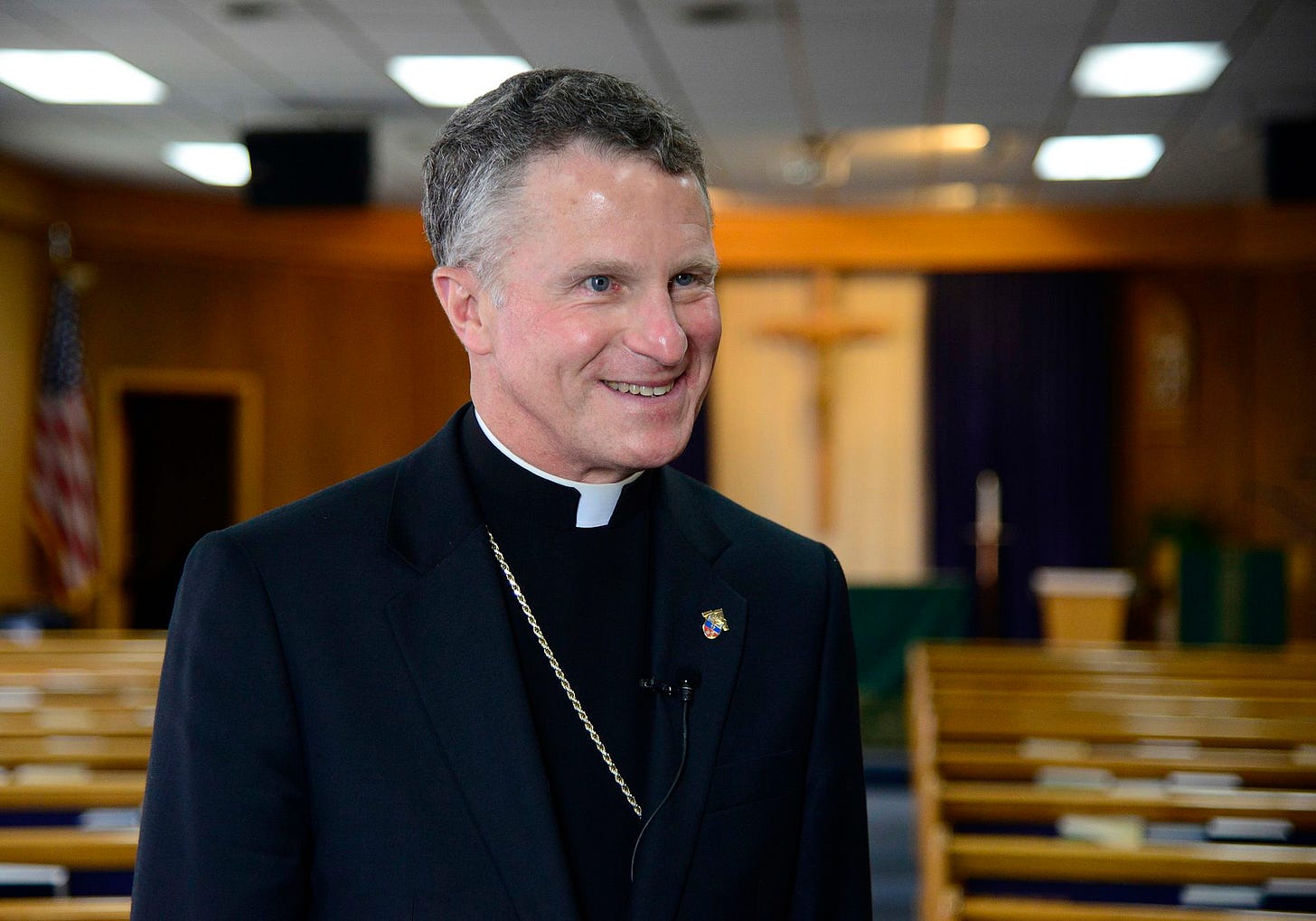
Archbishop Timothy Broglio was elected president of the United States Conference of Catholic Bishops last Tuesday, during the bishops’ fall plenary assembly. Immediately after his election, the archbishop faced questions about his time working in Rome as priest secretary to former Vatican Secretary of State Cardinal Angelo Sodano.
Sodano, who was secreta…
